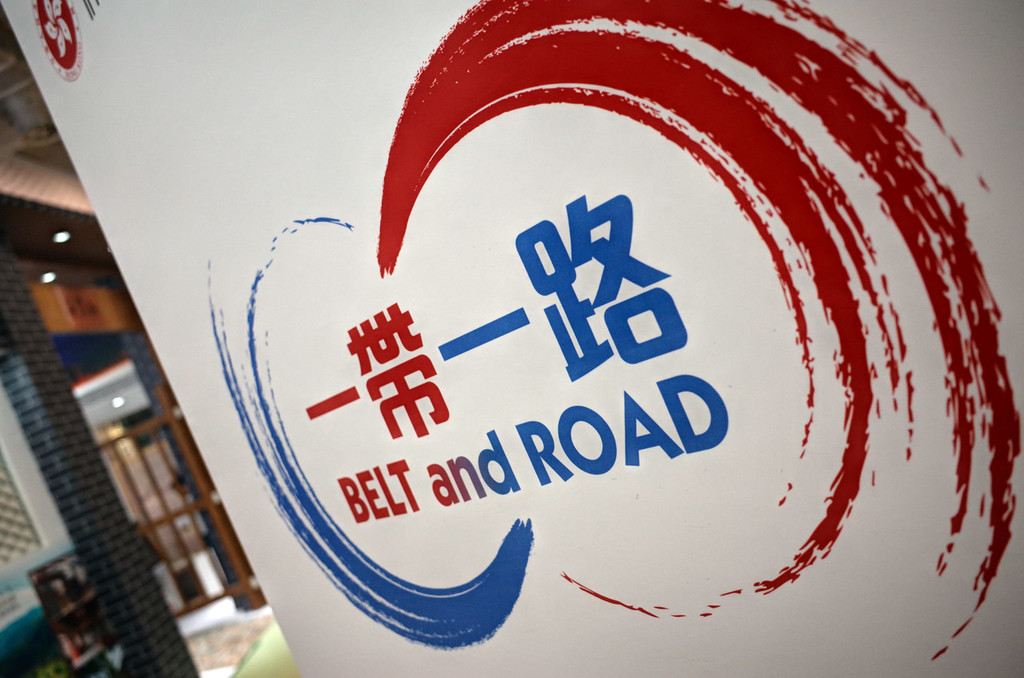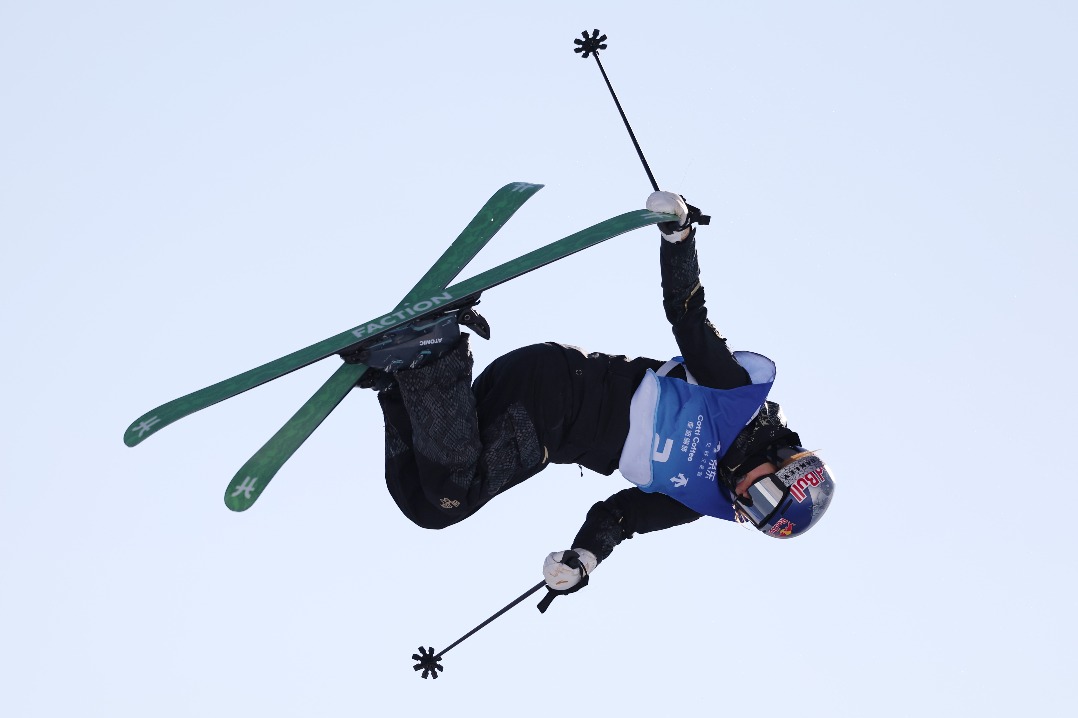Initiative helps narrow development gap in European nations
By Jasna Plevnik | China Daily | Updated: 2023-10-18 07:36

Today, when someone in Europe says the "Belt and Road Initiative", the first association people make is the construction of transport and energy infrastructure, and the growth of trade. But what exactly is it that the Belt and Road Initiative would like to achieve beyond those easily visible commercial goals, and how does China want to use the initiative to influence the world?
In the global policy of integration, the Belt and Road stands as a giant because of its transcendental goals, aimed at making the world better connected and development more balanced within countries and across regions. The Belt and Road Initiative's paramount value, "shared development", has earned a lot of praise from the international community, and the initiative has shown that fairer economic interdependence between regions and countries is possible.
The Belt and Road Initiative has put China at the center of global governance, and its results are substantive in Asia, Africa, and Europe, where China's economic influence is on the rise.
The Belt and Road Initiative may be just 10 years old, but its DNA is from the ancient times. Croatia and the rest of Europe have been connected in many ways with both the ancient and the modern Silk Road. Croatia-China relations have been moving forward since 2017 when Croatia joined the Belt and Road Initiative by signing a memorandum of understanding with China. Together with some other European Union member states, Croatia appreciates that the Belt and Road Initiative respects the EU's standards and has transparent relations with the European bloc.
In Croatia, there was a time of Belt and Road mania, when even football players' transfers were explained in terms of "Belt and Road diplomacy". Today, the approach toward the initiative is more complex, which reflects a deeper understanding of the initiative's broader economic benefits brought about by regional and global interconnectivity and the realization that Belt and Road projects are the responsibility of all countries involved, not China's alone.
In 2018, the bid for the largest infrastructure project in Croatia in recent years was won by the China Road and Bridge Corporation. The CRBC offered the lowest bid among the three bidders to build the Peljesac Bridge. The same year, Croatia's Zadar Port officially became part of the 21st Century Maritime Silk Road cruise tourism.
The Belt and Road Initiative has brought the Asian Infrastructure Investment Bank closer to Croatia and Southeast Europe. Croatia joined the AIIB as a non-regional prospective member at the end of 2019. The loans for building Belt and Road projects in the region and Chinese companies' financing of projects in third-party markets are in renminbi, which positively influences the world financial system and makes it more global.
Croatia expected the initiative's spill-over effects to benefit its tourism industry, but the three-year-long COVID-19 pandemic delayed that. Also, the problems afflicting the global supply chains due to the pandemic, and the Russia-Ukraine conflict have contributed to a global economic crisis that has created difficulties for all Belt and Road economies. Italy-China cooperation under the Belt and Road framework, too, has been affected by those factors.
The growing closeness between Croatia and China, and cooperation between China and the Central and Eastern European countries — by setting aside geopolitical issues and focusing on the digital economy and green development — would not have been possible without the initiative.
The prominent Belt and Road projects in Southeast Europe are expected to be completed by 2025. These projects include the high-speed Belgrade-Budapest Railway, which would connect Serbia with the 21st Century Maritime Silk Road via North Macedonia and Greece's Port of Piraeus that plays a pivotal role within the Balkan Silk Road corridors.
As for Hungary, China was the largest investor in the country last year. Indeed, Hungary has greatly benefited from China-CEEC cooperation and Budapest has become a globally influential academic center for China-Europe relations studies.
Yet China and its proposed initiative have been under harsh attack from some Western powers, especially the United States, which openly asks its allies to sabotage the Belt and Road Initiative.
However, Chinese investments in Europe fell by 22 percent year-on-year in 2022 not only because of the pandemic and some economic factors but also because of the EU's tendency to fit its relationship with China into the US' frame. This approach tarnishes Europe's image as a reasonable, just and anti-geopolitical power.
Irrespective of whether or not the lies about the Belt and Road Initiative stop, it will continue to progress because of its goal to pursue collaboration over confrontation, and its competitive advantage over other global powers which pursue confrontation and division.
It is paradoxical of the world's only superpower to persistently attack the Belt and Road Initiative, as was seen when the "India-Middle East-Europe Economic Corridor" was launched at the G20 Summit in New Delhi last month. The fact that the Belt and Road Initiative has been doing, and doing it excellently over land and sea, for the past 10 years what the IMEEEC intends to do in the future makes no difference to some Western countries.
Yet it is clear that some Western countries have been impressed and inspired by the Belt and Road Initiative to launch the IMEEEC. That's why it's a mystery why they do not talk of integrating the two initiatives for the betterment of more people.
The author is president of the Geoeconomic Forum Croatia.
The views don't necessarily reflect those of China Daily.
























